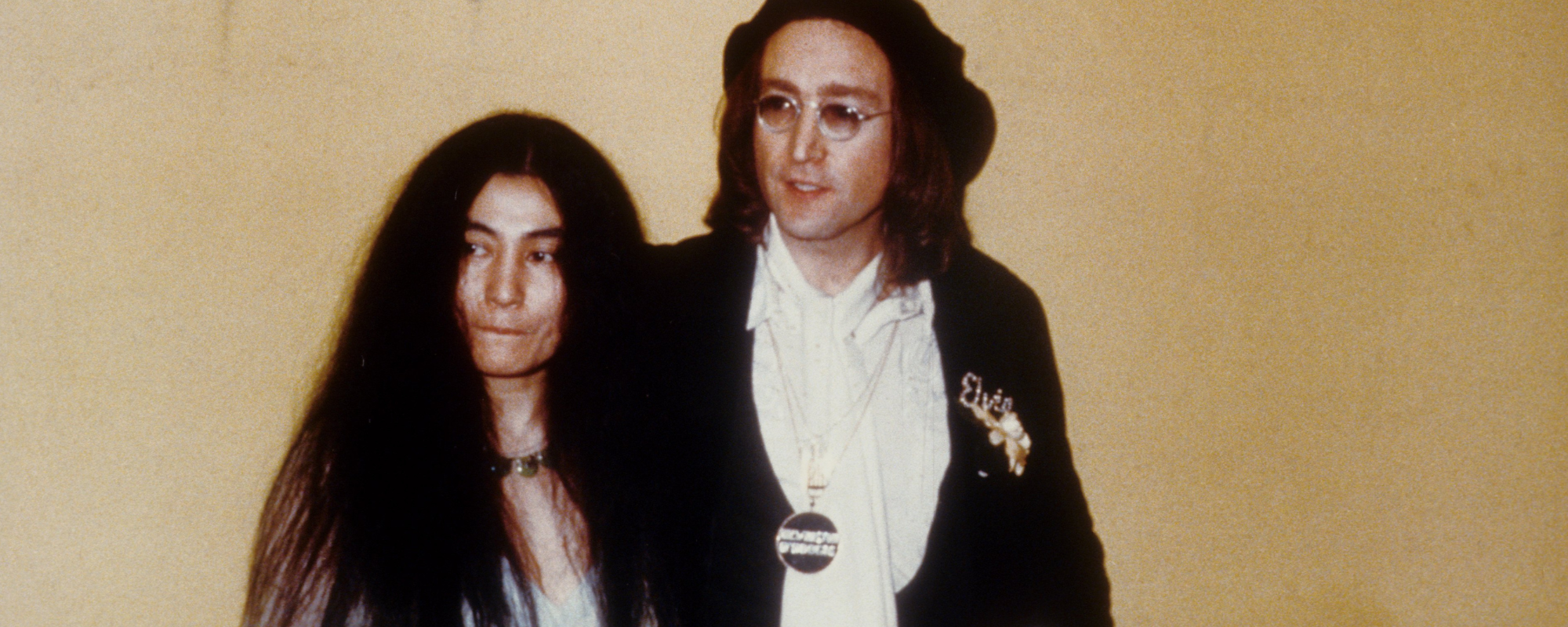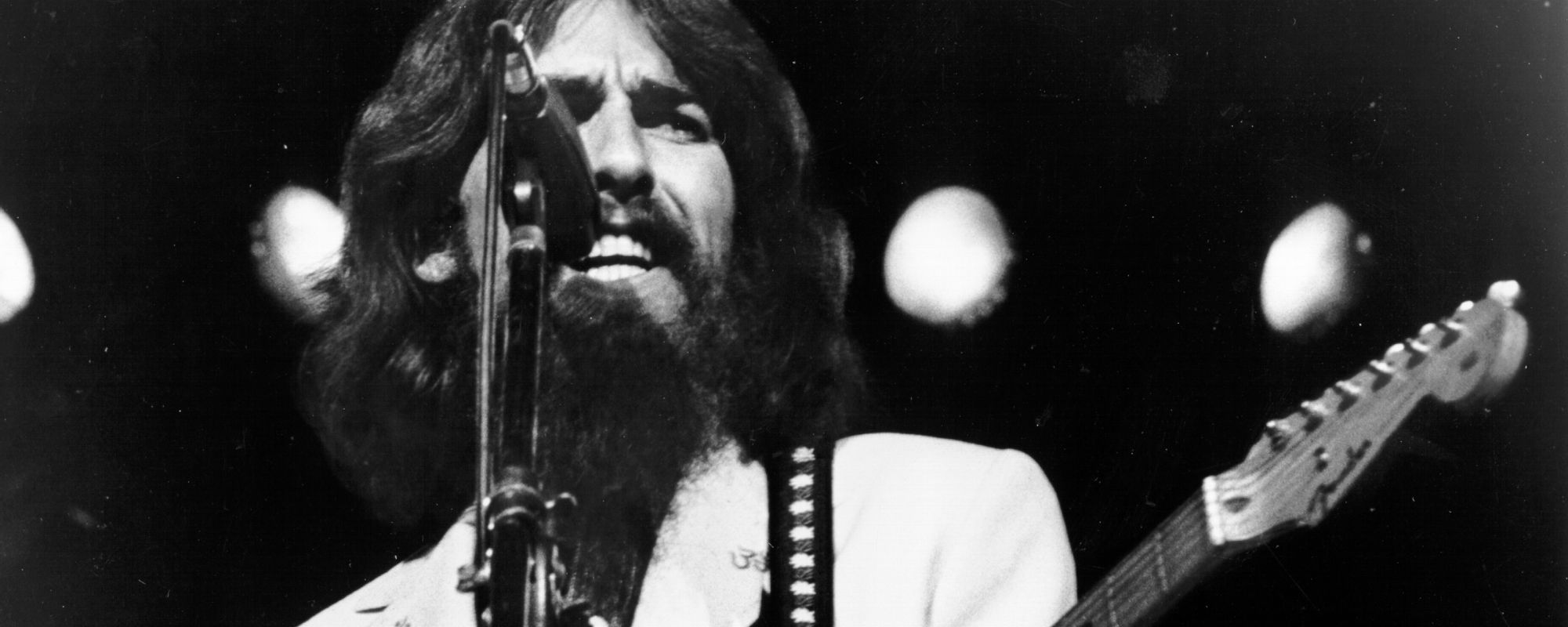When Steve Winwood’s “When You See a Chance” started to make its way onto radio playlists in early 1981, it was the English rock veteran’s first taste of success with a single as a solo artist. Upon hearing him on the radio, Winwood’s fans from his days in The Spencer Davis Group, Traffic, and Blind Faith may have wondered where he had been for the last several years. Younger listeners may have been surprised when they eventually learned of Winwood’s illustrious career that dated back to 1964, when he joined The Spencer Davis Group at the age of 14.
Videos by American Songwriter
Though it would have been difficult to imagine at the time of its release, “When You See a Chance” provided an enormous boost to a solo career that, at least commercially, overshadowed Winwood’s stints with his previous bands. His 1980 album Arc of a Diver went far deeper than just “When You See a Chance,” portending the string of hit singles that would follow over the years to come. Here’s the story behind an ‘80s success story that was hard to see coming.
A Forgotten Solo Debut
Winwood hadn’t actually been away from music after Traffic released When the Eagle Flies in 1974. He just needed time away from making his own albums and touring. He remained active as a studio musician, performing on albums by Robert Palmer, Vivian Stanshall, Sandy Denny, and former Traffic bandmate Jim Capaldi, among others. In 1979, Winwood played on a couple of albums that made the charts—George Harrison’s self-titled album and Marianne Faithfull’s comeback album Broken English.
Only three years elapsed between the releases of When the Eagle Flies and Winwood’s self-titled debut album. Though the latter spent 17 weeks on the Billboard 200, peaking at No. 22, it didn’t have any hit singles and was quickly forgotten. Winwood has said he only made his first solo album because of pressure from Island Records. A 1988 interview in Rolling Stone insinuated that Steve Winwood didn’t have more commercial appeal because its smooth jazz- and soul-inflected songs were out of step with the growing fascination with punk. It’s a compelling explanation until you realize Steely Dan and Boz Scaggs were releasing popular albums with a similar sound around the same time.
Also, “When You See a Chance” and Arc of a Diver were massively successful, even though they weren’t exactly in sync with the new wave trend of the early ‘80s. So what was different for Winwood this time around? We can point to three differences between Winwood’s first solo album and Arc of a Diver. He found a new songwriting partner, played all of the instruments himself, and did not work with a co-producer.
Teaming Up with Will Jennings—and Almost No One Else
For his solo debut, Winwood co-wrote four of the six tracks with Capaldi. But for Arc of a Diver, he shook up his process by bringing in Will Jennings to write lyrics. Prior to working with Winwood, Jennings had already co-written the hits “Looks Like We Made It” by Barry Manilow, “I’ll Never Love This Way Again” by Dionne Warwick, and “Street Life” by The Crusaders. (He would subsequently co-write Eric Clapton’s “Tears in Heaven,” Whitney Houston’s “Didn’t We Almost Have It All,” Joe Cocker and Jennifer Warnes’ “Up Where We Belong,” and Celine Dion’s “My Heart Will Go On,” among other hit songs.) Recommended to Winwood by Island, Jennings co-wrote four of the seven tracks on Arc of a Diver, and he was the one to come up with the refrain for “While You See a Chance.”
Winwood also eschewed studio musicians altogether on Arc of a Diver, opting to play all of the instruments himself. The emphasis on keyboard and programmed drums gave the songs a lighter feel than those on Steve Winwood, and that likely added to their commercial appeal. “While You See a Chance” may have opened the doors to radio airplay for Winwood, but the title track also charted (No. 11 on Billboard’s Mainstream Rock chart and No. 48 on the Hot 100), and “Night Train” and “Spanish Dancer” received airplay on album-oriented rock stations.
While Island head Chris Blackwell and Mark Miller Mundy co-produced Winwood’s solo debut, Winwood was the sole producer for Arc of a Diver. He would eventually work with other producers and musicians on his immensely popular albums from the latter half of the ‘80s. However, on Arc of a Diver, Winwood was able to craft a sound that forged his largest audience since he was a member of Blind Faith.
A Springboard to Even Greater Success
Arc of a Diver spent more time on the Billboard 200 (43 weeks) than any Traffic album, and it achieved a higher peak (No. 3) than any of the band’s eight studio albums did. It was certified Platinum in June 1981, less than six months after its release. Though Winwood’s 1982 follow-up Talking Back to the Night took a step backward commercially, only making it to No. 28, Arc of a Diver set the stage for a decade-long run of hits. Back in the High Life (1986) and Roll with It (1988) were both multi-Platinum albums, and between 1981 and 1990, Winwood placed 14 songs on the Billboard Hot 100. All but four of those singles reached the Top 20, including the No. 1 hits “Higher Love” and “Roll with It.”
Even after Winwood’s popularity started to wane in the ‘90s, he continued to chart with subsequent albums and singles. His last album, Nine Lives, debuted on the Billboard 200 at No. 12 in May 2008, giving Winwood his highest debut position on the chart.
At the time, Winwood’s initial solo success appeared to come out of nowhere. As he showed over the course of several years, he had plenty of great songs to share long after he first made a name for himself as a part of legendary bands in the ‘60s and ‘70s.
When you purchase through links on our site, we may earn an affiliate commission.
Photo by M. Von Holden/FilmMagic













Leave a Reply
Only members can comment. Become a member. Already a member? Log in.